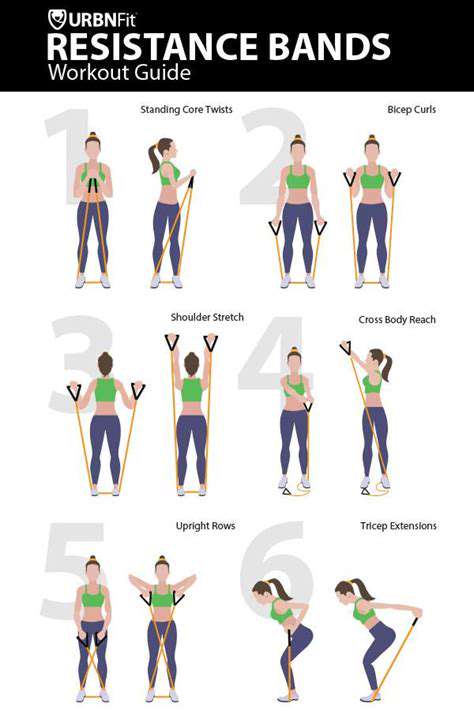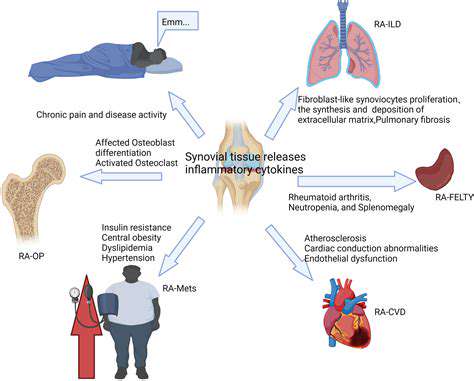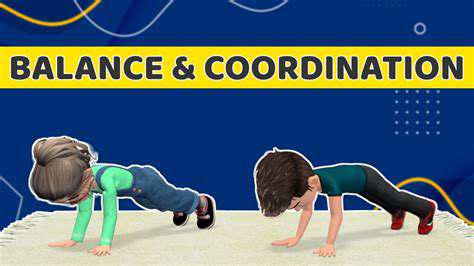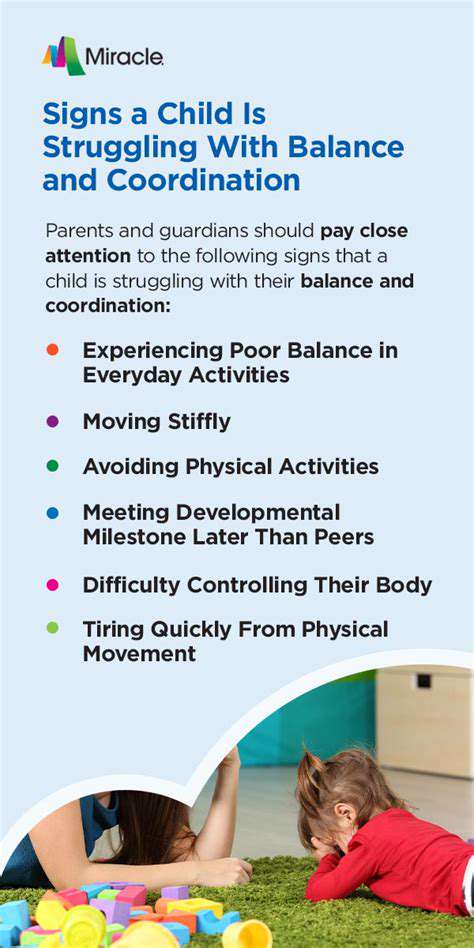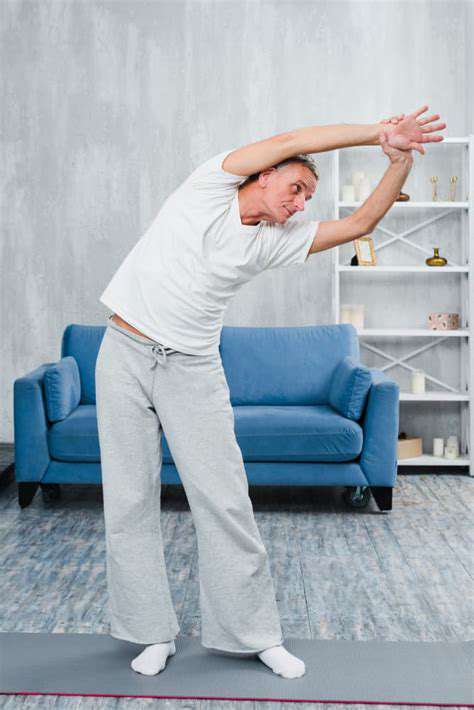Strength Training for Seniors to Improve Posture and Reduce Back Pain
Improving Posture with Upper Body Exercises
Warm-up Exercises for Enhanced Mobility
Before diving into targeted upper body exercises, a proper warm-up is crucial for seniors. This prepares the muscles and joints for the workout, reducing the risk of injury. Gentle stretching, like arm circles, shoulder rotations, and wrist flexions and extensions, can increase blood flow to the upper body and improve flexibility. Holding each stretch for 15-30 seconds, and repeating each movement several times, will help to loosen up the muscles and prepare them for the strength training exercises that follow.
Strengthening the Shoulders for Stability
Strong shoulders are essential for maintaining good posture and preventing falls. Exercises like shoulder presses (using light weights or resistance bands) and lateral raises can effectively build shoulder strength. Focusing on controlled movements and maintaining a stable core will help ensure proper form and maximize the benefits of these exercises. It's important to start with lighter weights and gradually increase the resistance as strength improves. Remember to listen to your body and stop if you feel any pain.
Targeting the Back Muscles for Support
A strong back is the cornerstone of good posture. Exercises like rows (using dumbbells or resistance bands) and back extensions are excellent for strengthening the muscles of the back. These exercises work to counteract the effects of gravity and improve posture by supporting the spine. Proper form is crucial to avoid strain or injury. Focus on keeping your back straight and engaging your core throughout the exercise.
Strengthening the Chest Muscles for Alignment
Chest exercises, such as push-ups (modified if necessary) or chest press, contribute to a well-balanced upper body. These exercises promote a more upright posture by strengthening the pectoral muscles. Remember that proper form is key. If push-ups are challenging, incline push-ups against a wall or elevated surface can be a great alternative. This will allow you to work these muscles without putting excessive stress on your joints.
Improving Posture with Rows and Pull-Downs
Exercises like rows and pull-downs work the muscles of the back and arms, creating a balanced strength in the upper body. These exercises contribute significantly to improved posture by engaging the muscles that support the spine. When performing these exercises, maintain a neutral spine and avoid rounding your back. Proper form is essential to prevent injury and maximize results. Choose weights that allow you to complete the desired number of repetitions with good control.
Incorporating Upper Body Exercises into a Routine
Integrating these upper body exercises into a consistent routine is key to improving posture. Aim for 2-3 sessions per week, allowing for rest days between workouts. Gradually increase the intensity and duration of the exercises as your strength improves. It's important to listen to your body and adjust the exercises as needed to avoid pain or discomfort. A balanced workout program that includes cardio and flexibility exercises will complement your strength training efforts.
Importance of Proper Form and Progression
Maintaining proper form throughout each exercise is critical for preventing injuries and maximizing the benefits. Start with lighter weights or resistance and gradually increase as your strength improves. Proper form involves maintaining a neutral spine, engaging your core, and controlling the movement throughout the entire exercise. If you're unsure about the correct form, consult with a physical therapist or certified trainer for personalized guidance. Consistency and proper progression are key to achieving long-term results and building strength safely.




